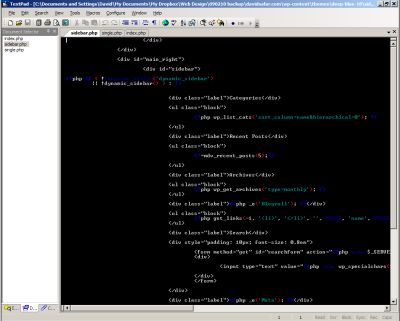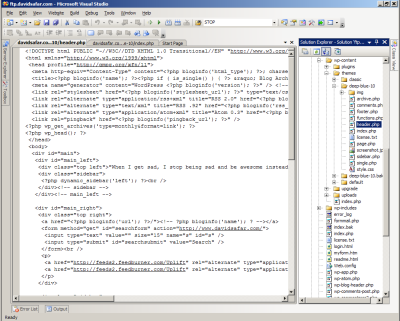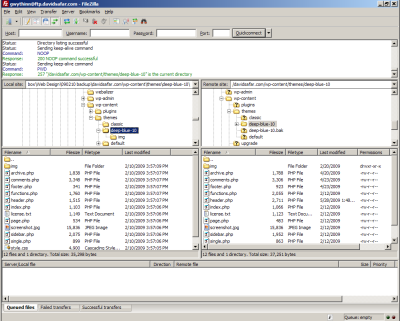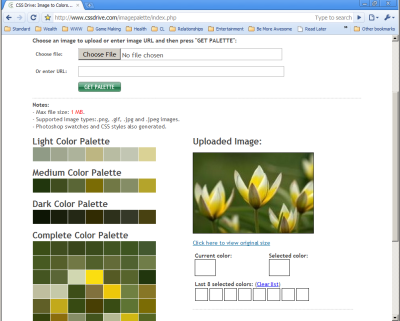When I sat down to write this post, I realized that my Technology category is a nearly blank slate. Apart from the Gmail tip I posted a few weeks ago, this category has yet to be shaped by any posts. So in order to introduce you to this category and to get my own techno-creative juices flowing, I’m going to begin by posting about some of the things I will likely discuss here, starting with the two main projects I’m working on right now:
DavidSafar.com – My most obvious project is probably this blog. In addition to doing the writing, I’m doing a fair bit of work on it in PHP, HTML, and CSS. I’m letting WordPress do as much of the heavy lifting as possible, but I also find myself needing to hack it occasionally or edit the theme. When I do something particularly interesting or difficult with it, I will share my experience here so that you might benefit from it if you find yourself needing to do something similar in the future.
Tricks of the Windows Game Programming Gurus – I am working my way through this programming book, learning DirectX and game programming techniques with an eye toward writing my own fantasy role-playing games for the PC. This is a large and complex topic (and a very long book), and I’m spending a lot of time on it. I’ll post a book review in the Reviews section when I’m done. When I move on to writing games, I will write posts here about that, too.
Some other tech-related things that are going on with me (or will be soon) that may generate posts:
Cell Phone Search – I’m in the market for a new cell phone, probably an Android phone. If I discover anything interesting in my search, I’ll note it here.
Laptop Search – This is on the horizon, but I’ve decided to wait until Windows 7 hits the market later this year — I don’t want Vista, nor do I want to spend the money on a brand new Windows XP machine right before it becomes two versions old. I’ll be looking to replace my current Dell Vostro 1000 with something a little beefier and better suited to some of the heavier programming tasks I expect to be throwing at it in the foreseeable future, and I’ll write about the selection process as it takes place.
Laptop Hard Drive Transplant – Since I’ll be keeping my current laptop around for a while, I do want to buff it up a little bit. The next step in the process is to upgrade the hard drive to a faster one to speed up compiling. This will likely entail using Norton Ghost or something similar to copy over all the data from my old hard drive to the new one without having to reinstall Windows. I’ll discuss this process when I try it out.
The Importance of Adequate Cooling – Both my laptop and my gaming desktop have heat issues which cause them to either shut down or reboot without my permission when they get too hot. I’ll be working to mitigate those in the next month or two before the heat of summer strikes, and documenting my methods and results.
Video Games – I’m a life-long gamer, just finding my way back into the fold after a rather long dry spell. Along with posts about my own gaming projects, I’ll also talk about other games that are on the market for console and PC.
That’s a pretty good overview of the sorts of things you’re likely to see here in the near future. I’m also open to tech questions, so if you have questions about tech topics, send them to me at askdavid (at) davidsafar (dot) com. If I get enough questions, the Ask David tech advice column may become a regular feature here.
In summary, I’ll be covering all manner of topics in computers, hardware, software, operating systems, the Internet, programming, web design, and mobile devices, as well as taking questions on anything related to these areas of technology. I’m looking forward to seeing where this section of the blog goes, and feedback is most welcome. If you have anything to say, please share it in the comments. 








